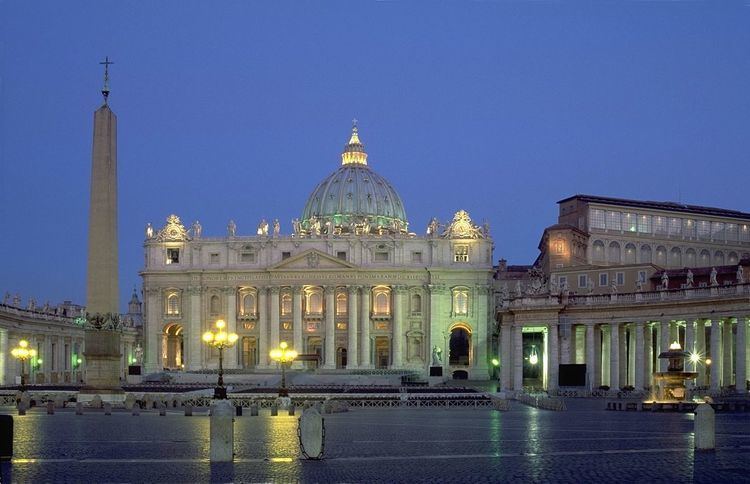 | ||
As the oldest branch, of Christianity, along with the ancient Orthodox Church, the non-Chalcedonian or Oriental Churches and the Church of the East, the history of the Roman Catholic Church is integral to the history of Christianity as a whole. This article covers a period of just under two thousand years.
Contents
- Ministry of Jesus and founding
- Early Christianity
- 313476
- 477799
- 8001453
- 14541599
- 16001699
- 1700 1799
- 19th century
- 20th century
- 21st century
- References
Over time, schisms have disrupted the unity of Christianity. The major divisions occurred in c.144 with Marcionism, 318 with Arianism, 1054 to 1449 (see East–West Schism) during which time the Western Church under the See of Rome parted ways with the Orthodox Churches of the East, and in 1517 with the Protestant Reformation. The Roman Catholic Church has been the driving force behind some of the major events of world history including the Christianization of Western and Central Europe and Latin America, the spreading of literacy and the foundation of the universities, hospitals, the Western tradition of monasticism, the development of art and music, literature, architecture, contributions to the scientific method, just war theory and trial by jury. Roman Catholicism has played a powerful role in global affairs, including the Reconquista, the Crusades, the Inquisition, the Investiture Controversy, the establishment of the Holy Roman Empire, and the Fall of Communism in Eastern Europe in the late 20th century.
